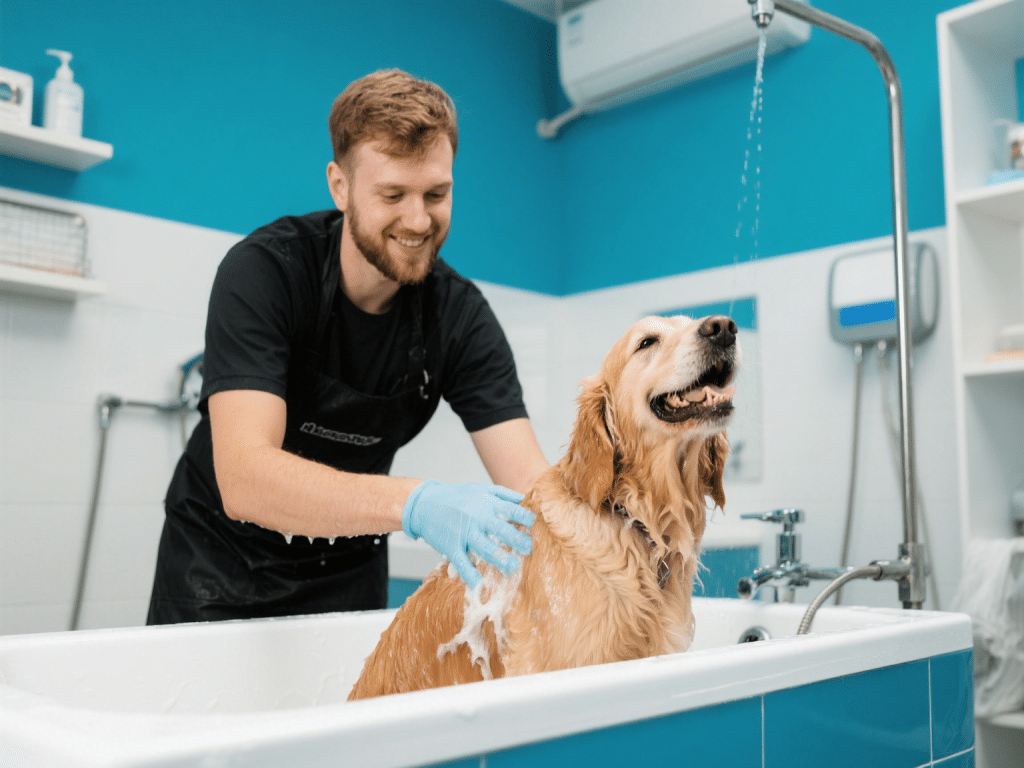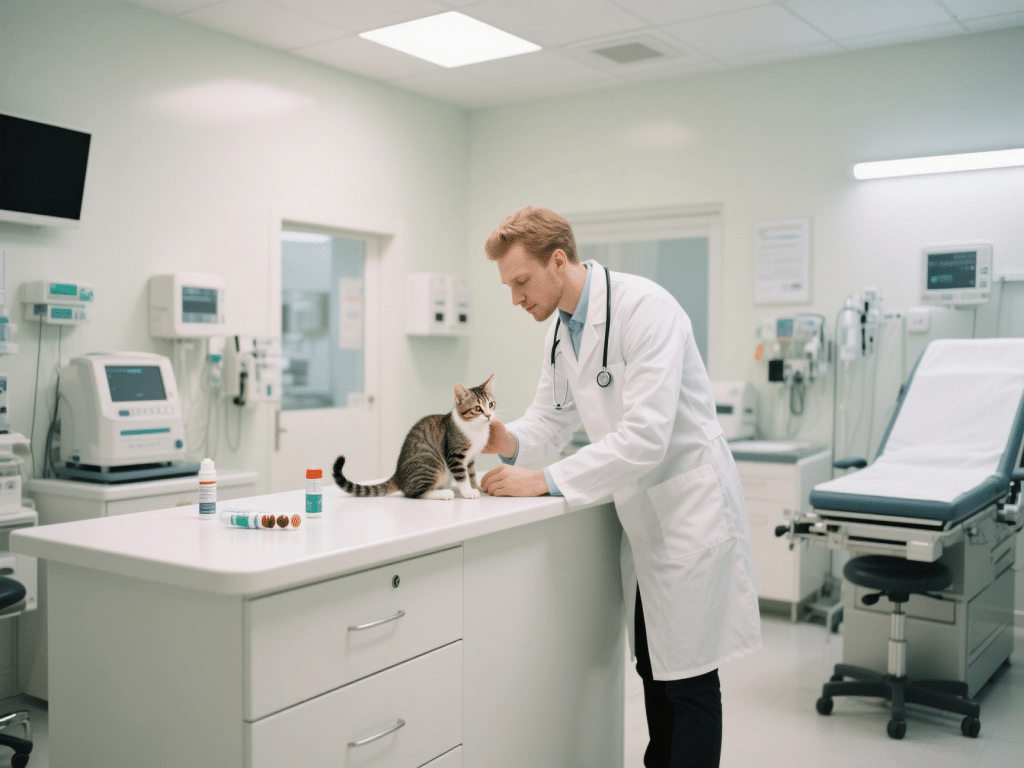RECOMMENDED NEWS

Essential First Aid Kit Items Every Dog Owner Needs
As a certified veterinary technician and passionate dog owner, I’ve seen firsthand how a well-stoc...
Read More →
Understanding Feline Diabetes: Dietary Adjustments and Care Plans
IntroductionFeline diabetes mellitus is a common endocrine disorder characterized by insufficient in...
Read More →
Essential Hypoallergenic Dog Food Brands for Sensitive Stomachs
If your dog often experiences bloating, gas, diarrhea, or vomiting after meals, chances are you’re...
Read More →
DIY Dog Toy Ideas Using Household Items
IntroductionEngaging your dog with stimulating toys is essential for mental and physical health. Ins...
Read More →
What to Look for in a High-Quality Pet Shampoo
IntroductionChoosing the right shampoo is essential for maintaining your pet’s skin and coat healt...
Read More →
How to Handle Pet Accidents on Carpet the Right Way
IntroductionPet accidents on carpet can be frustrating for any owner. Left untreated, stains and lin...
Read More →
Indoor Cat Deworming Myths Busted: What Every Owner Should Know
IntroductionMany cat owners assume indoor cats are immune to parasites, leading to skipped deworming...
Read More →
Cost-Effective Deworming Options for Large Breed Dogs
IntroductionLarge breed dogs (over 50 lbs) require higher medication dosages, which can increase tre...
Read More →
Do Dogs Get Bored? Signs and What You Can Do About It
IntroductionDogs, especially intelligent breeds, can suffer from boredom when their physical and men...
Read More →
Comments on "Seasonal Deworming Strategy for Cats: Summer Flea Risks" :